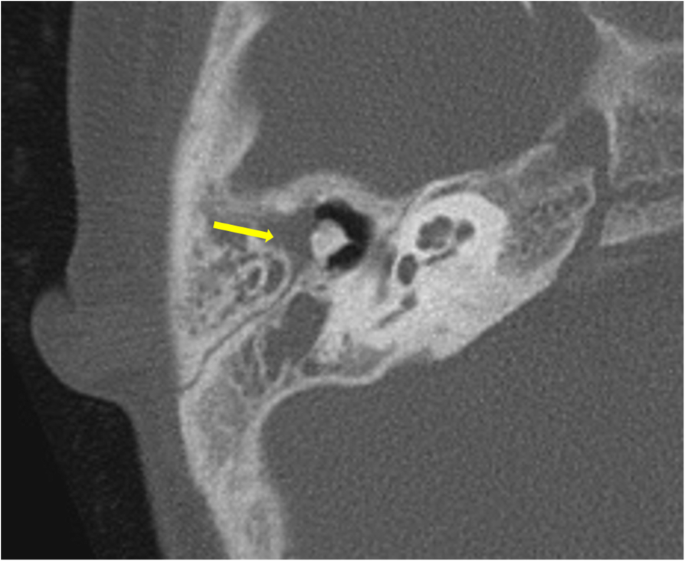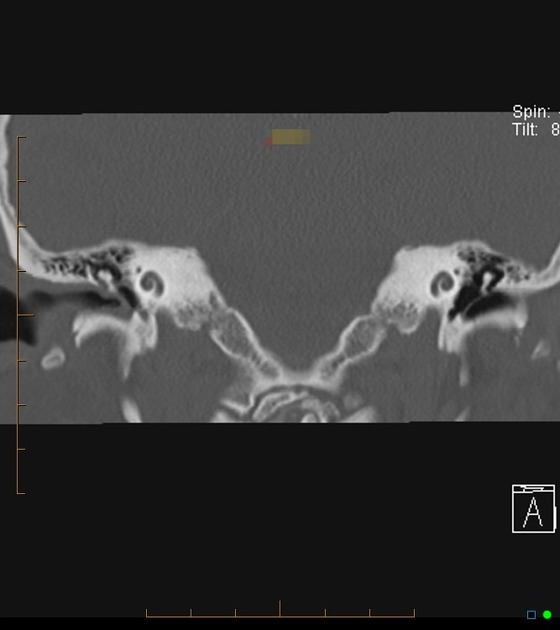Keywords temporal bone cholesteatoma middle ear external auditory canal introduction a cholesteatoma is a cystic mass filled with keratin and lined by stratified squamous epithelium.
Attic cholesteatoma radiology.
The signal intensity should be higher than visible on the dwi images with b value 0 s mm 2.
It is the only entity that demonstrates high signal intensity on dwi.
This case is a histologically proven case of cholesteatoma.
However the sequence is prone to artefact and care must be taken how the sequence is performed and interpreted 2.
Cholesteatoma is not a neoplasm and can be thought of most simply as skin in the wrong place.
For comparison the annual incidence of middle ear cholesteatoma is around 9 2 per 100 000.
The overall incidence rate in one large study was 0 30 per year per 100 000 inhabitants 1.
Although a cholesteatoma is histologically identical to an epidermoid or epidermal.
On the adc map a low signal should be visible in the same area confirming the presence of diffusion restriction.
Findings are characteristic of an acquired cholesteatoma.
On the dwi images with b value 1000 s mm 2 a cholesteatoma becomes apparent as a hyperintense area.
Diffusion weighted imaging is particularly useful when distinguishing a cholesteatoma from other middle ear masses.










